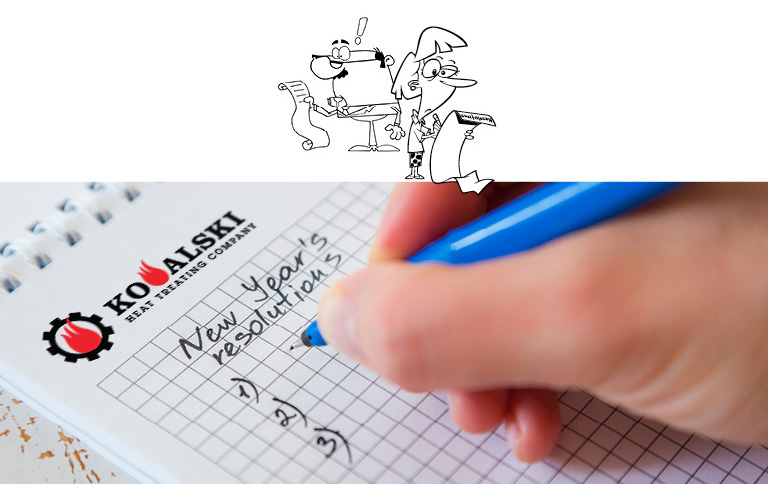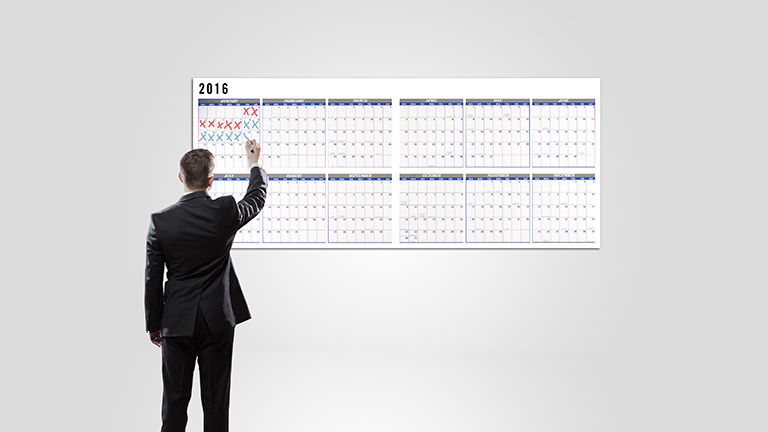Resolutions

Each year I love to take time and make plans for my New Year’s resolutions. Like you, I’ve made some really big ones – BEHAGS for short – and some that just are never going to happen (grow hair, get taller, dunk a basketball, sing in the choir (I’m not even allowed to sing in the shower!) – you know, those magical ideas we conger up, only to be disappointed come spring that it just ain’t gonna happen. This year, I’m taking a different track – simplifying my list (yes, I’m a list guy … actually a pile guy (if it’s in the right pile, I can deal with it). My goal is no piles! I want to select some goals that are honest, specific, and reasonable. So, I’ve decided to boil them down into three categories – something for my mind, something for my body, and something for my soul. Now, my challenge is, what are the specifics??
My Mind – for those that know me, I think I’m fairly level-headed. I have a thirst for knowledge, a drive for good outcomes, and truly love understanding situations, and then solving problems. It’s driven from our PIA (pain in the @%$) Jobs! mindset, handed down from Dad and Mom while embraced by my gang here at KHT. I’ll admit, it gets me revved up every time we can solve problems for our customers. For me though, it tends to creep into my everyday life. One of my favorite sayings is “That’s Easy”) That “little voice” inside my head that says, come on Steve, you can figure this out.” Whether it’s underneath the sink fixing a leak, working with my daughters on various projects, trying to assemble a toy for the grandkids, or hitting a chip from 74 yards off hardpan to an elevated green…it’s the same. Be patient, think it through, trust your instincts, don’t overreact… and then the outcomes – sometimes good, sometimes not so good. My goal for ’23 is to do a better job of learning from my mistakes, staying more patient, and to just keep trying until I get it right. Before jumping in, I’ll check to see what the experienced experts say, and then give it a go. I’ll be a bit more “mindful”.
My Body – on the surface, this one’s easy – eat better, exercise more, limit overindulgences, take my vitamins, get good night’s sleep, listen to the doctors… yea, yea yea. I’ve decided NOT to get caught up in the latest fad or put out some silly weight goal – (for those who’ve seen me eat, you know this is silly). Instead, I’ve decided to combine my workouts with my first goal – I’ll keep running (and enjoy it) and mix in a few more events with my girls (we LOVE 5 & 10 K’s – plus I’m a sucker for those event tee shirts). I’m going to set aside more time to go on walks with Jackie – in the woods and on the beach. And, I’m going to take care of my skin – sunblock and cover ups. For those who know me, sunblock on my head is an absolute must! Now that I’m advancing into my older years (I like to say finally growing up….. a little! it’s silly to over push with weights and exercise – instead, I’m combining it with friends and family – carry my grandkids more, walk the courses rather than riding with my kids or buds, and get out of work a bit earlier to enjoy the great weather we have here in NE Ohio with my incredible wife.
My Soul/Spirit – I’m blessed with an amazing upbringing – Mom and Dad knew how important my spiritual well-being is, and set the foundation for my spiritual upbringing – I enjoyed Catholic schools, attend mass and continue to stay routed in my faith. But, honestly, I can do more, with all of the blessings I’ve received and continue to receive I tend to “forget” how important God is in my life. I’m committing to spending more time with my Lord and Savior – reading, learning from the bible and living a more spiritual life. Quite honestly, the harder I work on this one, I think the better I’ll do on my first two!! I also plan to pass along my faith to my grandkids – be a role model “father- grandfather in action and in words”. It’s easy to talk, much more difficult to make it happen – but I’m up for it.
So – there you have it – hopefully it spurs you on to set your own goals for ’23. Skip the silly lists, and make some of your own.
Good luck – and God Bless.




